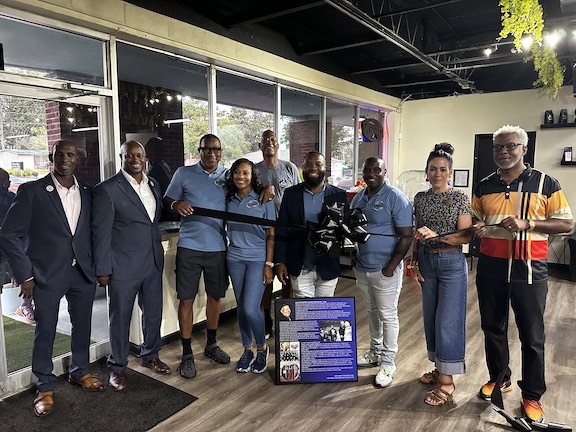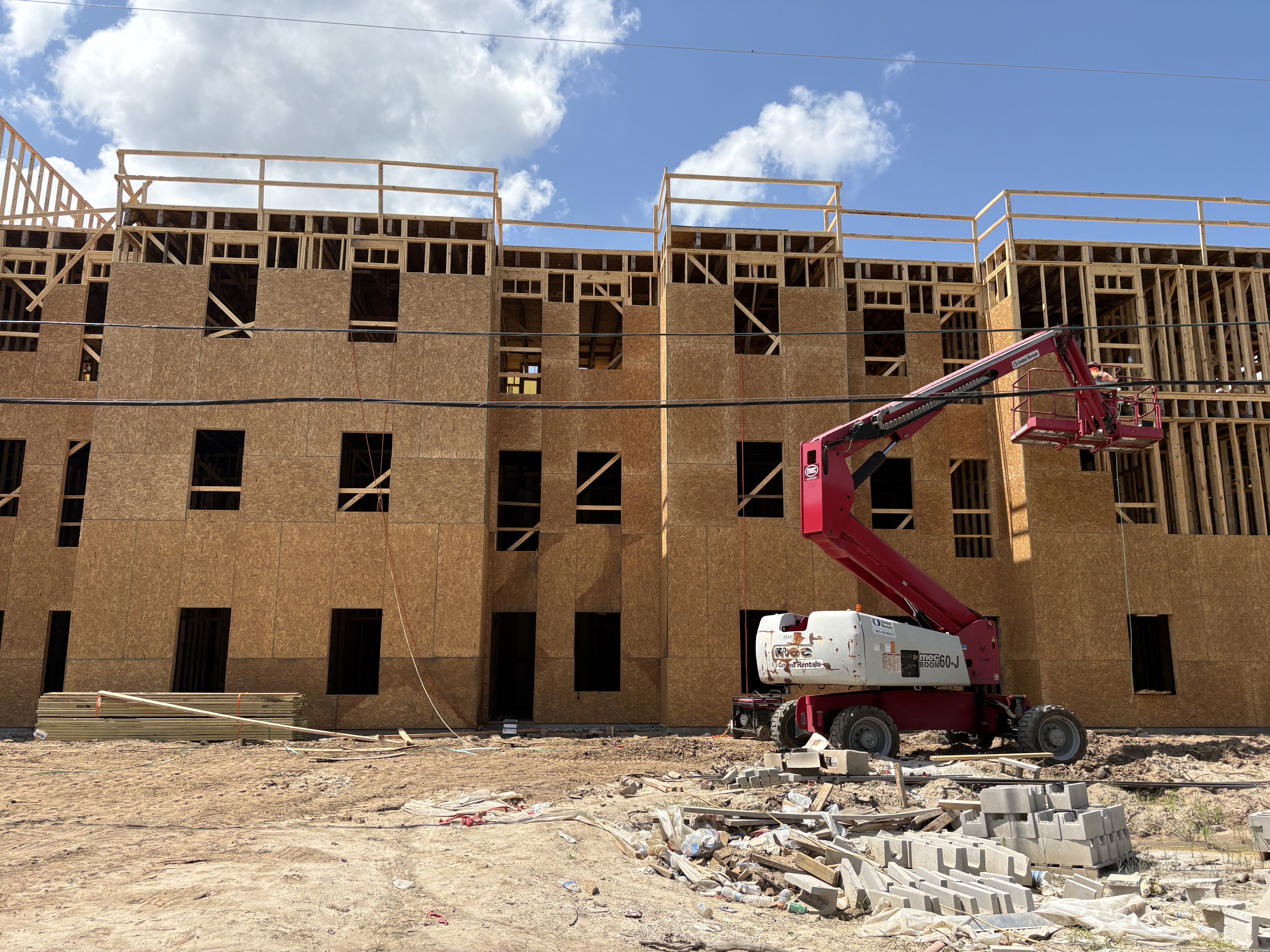Remembering Suwannee: The history of the courthouse clock tower
Published 11:33 am Monday, December 3, 2018

- Eric Musgrove
Recently, I was in Tallahassee to present a history of the Suwannee County Courthouse, more specifically, to discuss its bell and clock tower. I realized that an abbreviated version of this might make a good article, so here you go…
As I have mentioned in previous articles, the current courthouse is not the county’s first. When Suwannee County was established Dec. 21, 1858, the county seat was “the house of William Hines,” who owned property in what is now part of the Townsend Farms northwest of Live Oak where Nobles Ferry Road crosses Interstate 10. After the county’s first elections were held in April 1859, the community of Houston became the county seat; the first deeds recorded in Suwannee County are shown as having been recorded there. A note in court minutes from 1860 also stated that a suitable courthouse had been erected in Houston and the order to hold court in the house formerly owned by William Hines was rescinded.
Trending
Houston remained the county seat for nearly a decade. By the end of the Civil War, however, Live Oak (which had been established by May 1861) had grown in importance as the only railroad connection into the State of Florida. Many people moved to Live Oak and clamored to have it become the county seat. With the backing of John Parshley and others, the State of Florida moved the county seat to Live Oak on Aug. 1, 1868. The selection of a permanent county seat took several years as botched elections, lawsuits and divided county commission choices dragged on.
By 1873, however, the choice for the county seat was finalized and the county began construction of a simple 5,400-square foot, two-story wooden courthouse. This courthouse served the county until the end of 1903, when a replacement was needed for the building, “which had outlived its usefulness.” The fact that Live Oak was the fifth-largest city in the State of Florida during this time required the city to have a larger, more ornate structure.
The county commission awarded a bid to R. Hugger and Brother (of Montgomery, Alabama) for construction of a larger brick courthouse on Dec. 10, 1903, after accepting the architectural plans provided by Benjamin B. Smith (also from Montgomery) the month before. The cornerstone for the new courthouse was laid on Feb. 29, 1904, and it was completed and accepted by the Board of County Commissioners on Aug. 1 of the same year.
The imposing tower on the courthouse holds within it a bell and clock from the E. Howard Clock Company of New York and Boston. The company was originally founded in 1842 by Edward Howard as the E. Howard Clock Company, but then incorporated as Howard Watch and Clock Company in 1861. In 1863 and then again in 1881, it was reorganized, with a name change in the latter year to the E. Howard Watch & Clock Company. Edward Howard retired in 1881/1882, and the company continued until 1898. A reorganized E. Howard Clock Company emerged to continue making bells and clocks, and this was the company that constructed the clock mechanisms and bell for the Suwannee County Courthouse in 1904. Ironically, this was the same year that founder Edward Howard died.
There were minor repairs and renovations periodically, with a major modernization and addition in 1963-1965, when one-story wings were added to the rear of the original courthouse. Further renovations were carried out in 1979-1980 and then again in 2000, when historical grants helped to restore some of the original look of the courthouse that had been lost in previous renovations. The 2000 renovation also replaced the four wooden clock facings and altered the access to the bell tower.
For many years, access to the bell and clock tower was precarious at best. I recall that when I started working at the Clerk’s Office in 1998, I had to go into the upstairs ladies’ room, climb a ladder that ended a couple feet short of the next floor, and then hoist myself through a two-foot deep gap surrounded by dead pigeons and their feces to get to the next level, at which time I climbed a few flights of steep and rickety ladders (which looked to be the originals from 1904) to the bell and above that, the clock.
Trending
After the 2000 renovations, things got a little easier. A new access point was created on the second floor to allow access above the main courtroom via modern metal ladders. Once you get to the clock tower, you still have to climb several flights of the original wooden ladders, but they have been reinforced with 2x4s to make them much sturdier. Looking down is never much fun, however…
Today, 115 years after construction began on the courthouse, the bell and clock tower internally look very similar to what they did so long ago. The original bell, hammer and clock mechanisms chime and tick away as they have for more than a century, and about the only modern intrusions are electrical power for the clock (replacing the mechanical mechanism that had to be hand-wound every few weeks) and one or two pipes for a water suppression system.
More history next week…
Eric Musgrove can be reached at ericm@suwgov.org or 386-362-0564.





